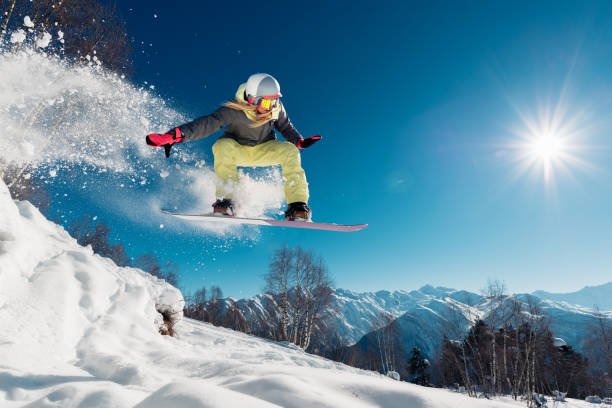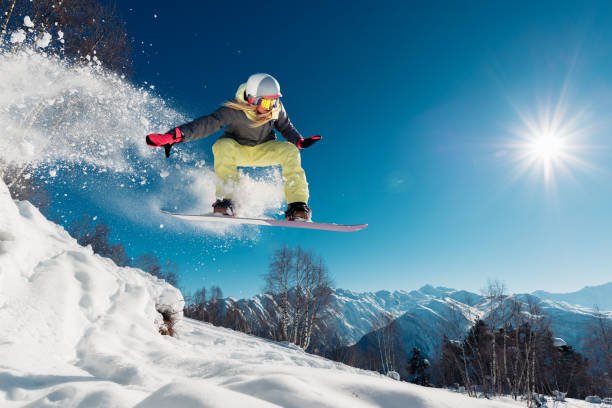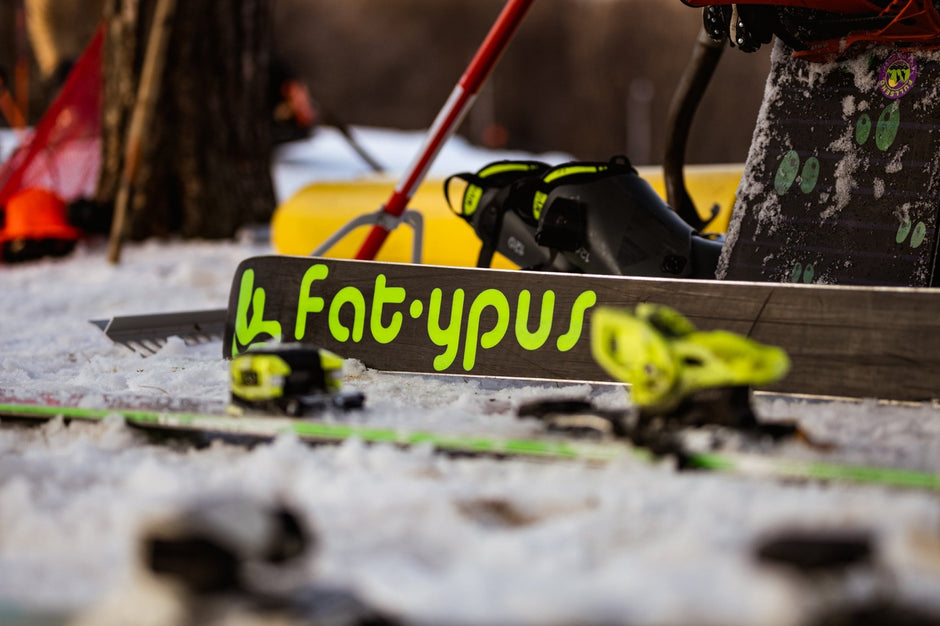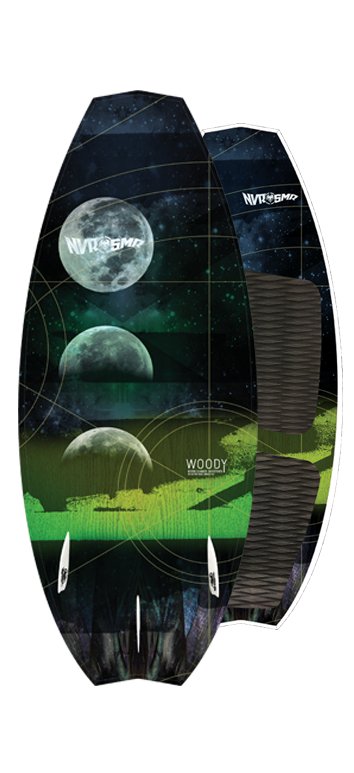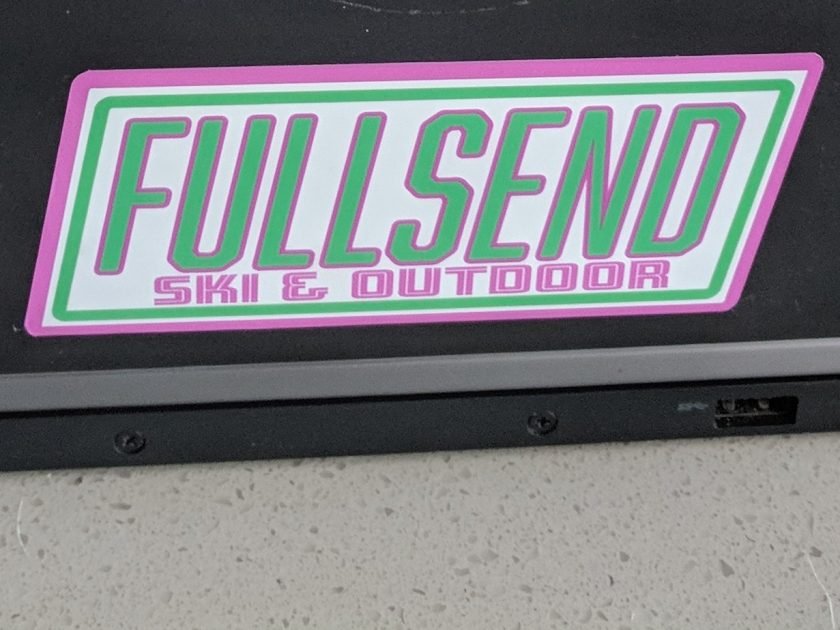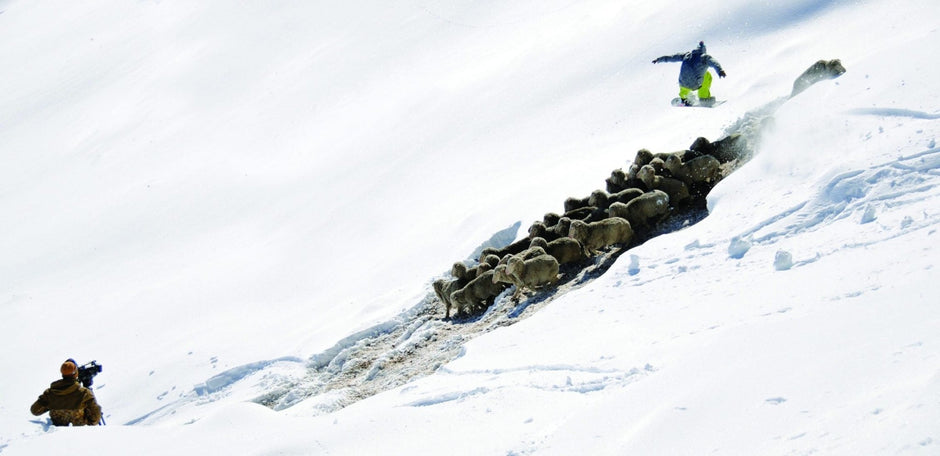Ready to hit the slopes this winter? Before you do, make sure you're well-prepared with the right snowboarding gear. In this ultimate snowboarding gear checklist, we'll cover all the essentials and optional items that will keep you safe and comfortable on your next ride. As a seasoned snowboarder, here's my expert advice on what to pack for your winter adventures.
A Few Optional Items
A helmet-mounted light is a must-have for safety when riding after dark.
- GoPro or other action camera: Record your epic runs and share them with friends and family.
- Helmet-mounted light: For those who want to keep riding after dark, a helmet-mounted light is a must-have for safety.
Wrist Guards
Wrist guards are an essential piece of snowboarding gear that protects your wrists from injuries. It is crucial to wear them, especially for beginners who are more prone to falling or losing balance while riding on the slopes. Different types of wrist guards available include gloves with built-in protection and separate wrist guard pads that can be worn over regular gloves. When choosing a wrist guard, make sure it fits snugly and gives you enough mobility to grip your board properly. To wear them correctly, position the guard so that it covers the bony part of your wrist but doesn't interfere with hand movements or circulation.
Proper use of protective gear while snowboarding reduces the risk of injury and allows you to enjoy this thrilling sport safely. So don't forget to add a pair of high-quality wrist guards to your snowboarding equipment checklist before hitting the slopes this winter!
Face Mask/Balaclava
Benefits of Wearing a
Wearing a face mask or balaclava is essential for snowboarders who want to protect themselves from the cold weather and harsh winds while hitting the slopes. It not only keeps you warm but also helps in preventing frostbite and windburn. Additionally, it can provide protection against airborne particles, such as dust and allergens.
Materials to Look for in a Quality
When choosing a quality face mask or balaclava, look for materials that are breathable yet durable enough to withstand extreme conditions. Opt for fabrics like fleece or wool that offer warmth without sacrificing breathability. Make sure the material is moisture-wicking to keep your skin dry from sweat, which could lead to chills.
How To Choose The Right Size And Fit:
The right size and fit of your face mask/balaclava depend on factors such as head shape and personal preference. A well-fitting face mask should snugly cover the nose, mouth, chin, and cheeks without feeling too tight around those areas while allowing you full range of motion with your head movements. Check if there's an adjustable strap at the back so you can customize its fit according to your liking - too loose might make it ineffective against cold air entering through gaps; too tight might restrict breathing or cause discomfort in certain areas over time
Neck Warmer
When it comes to snowboarding gear, a neck warmer is an essential item for any rider. Not only does it provide warmth and protection for your neck, but it also helps regulate body temperature by retaining heat in the core. There are various types of neck warmers available such as fleece, wool and synthetic materials. Choosing the right fabric depends on personal preference and weather conditions.
Proper layering of your neck warmer with other gear is crucial to avoid overheating or underdressing. It's recommended to wear a moisture-wicking base layer underneath the neck warmer and then layer additional insulation depending on the external temperature. This will ensure that you stay comfortable throughout your ride without sacrificing mobility or breathability in your other layers. Don't hit the slopes without this important piece of snowboarding gear!
Hand/Toe Warmers
When it comes to hand/toe warmers, there are a few brands that stand out on the market. HotHands and Grabber are two of the best options for reliable and long-lasting warmth. Keep in mind that ideal temperature ranges for using these warmers while snowboarding vary depending on personal preferences and weather conditions. Generally, aim to use them when temperatures drop below freezing.
As with any product that involves heat, it's important to take safety precautions when using hand/toe warmers. Make sure they don't come into direct contact with your skin and avoid using them for prolonged periods of time. It's also crucial to dispose of them properly in order to prevent environmental harm. By following these guidelines, you can safely enjoy a warmer ride down the slopes without any worries!
Audio Accessories
When it comes to audio accessories for snowboarding, earbuds and headphones both have their advantages and disadvantages. Earbuds are lightweight, making them easier to wear with a helmet, but they may not provide as good noise isolation as headphones. Headphones can provide better sound quality and noise isolation, but they tend to be heavier and bulkier than earbuds.
For snowy conditions, it's important to invest in water-resistant audio accessories. Look for options that come with an IPX rating of at least 4 or higher; this means that the accessory is protected against splashes from any direction.
Finally, when listening to music while snowboarding, it's crucial not to sacrifice situational awareness for the sake of entertainment. Consider using bone conduction technology which allows you to hear your surroundings while still enjoying your favorite tunes. Also ensure that you keep volume levels low enough so you can hear other riders approaching or calls from ski patrol - safety should always come first on the slopes!
Tool Kit
As a snowboarder, having the right tools in your kit can make all the difference when hitting the slopes. Here are some must-have items to include in your tool kit:
- Screwdriver:
- for adjusting bindings and ensuring screws are tight
- Waxing iron and wax:
- keep your board gliding smoothly on the snow
- Edge tuner:
- for sharpening edges and maintaining control on icy terrain
When creating your own tool kit, consider what you need most based on personal preferences and riding style. If you're someone who likes to tinker with their gear frequently, invest in higher quality tools that will last longer.
It's important to regularly check and maintain your board's hardware before every ride. This includes checking the binding screws, edge sharpness, and overall condition of the board itself. Keeping up with maintenance will not only prolong its lifespan but also ensure a safe ride on the mountain.
Hydration Pack
Staying hydrated while snowboarding is crucial for maintaining energy and performance, especially during long days out on the slopes. A hydration pack provides a convenient way to carry water without sacrificing mobility or stopping at the lodge for refills. When choosing a hydration pack, consider your needs based on duration of activity and personal preference.
Here are some capacity options:
- 1-2 hours:
- 1L
- Half-Day:
- 2L
- Full-Day:
- 3L
To keep your hydration pack clean and in good condition, it's important to regularly maintain it by rinsing with warm water after each use and fully drying before storing it away. To deep clean, use mild soap or specific cleaning products designed for hydration packs according to manufacturer instructions.
In summary, staying hydrated is key to peak performance when snowboarding. Choosing the right capacity hydration pack based on your individual needs and properly maintaining it will ensure you're ready for any adventure on the slopes.
What type of goggles are best for snowboarding?
When it comes to snowboarding, having the right gear can make all the difference in your experience on the mountain. While choosing the right snowboard and boots are important, don't overlook the importance of selecting the right goggles for your snowboarding adventures.
When selecting goggles for snowboarding, there are a few key factors to consider. First, you want to make sure that the goggles fit properly and are comfortable to wear for extended periods of time. Look for goggles with adjustable straps and cushioned foam around the frame.
Secondly, you'll want to consider the lens technology. Look for goggles with lenses that offer protection from harmful UV rays and glare, while also allowing for clear visibility on the slopes. Polarized lenses are a popular choice for snowboarding as they reduce glare and improve overall visibility.
Lastly, consider the conditions you'll be snowboarding in. If you'll be in bright, sunny conditions, look for goggles with lenses that have a high VLT (visible light transmission) rating to allow for optimal visibility. For overcast or low-light conditions, choose goggles with lenses that have a lower VLT rating to improve visibility.
In addition to goggles, don't forget about the importance of other snowboarding gear such as helmets, tuning equipment for your board, and proper outerwear. By investing in high-quality gear and taking the time to ensure it fits properly and meets your specific needs, you'll be able to enjoy a safe and successful snowboarding season.
How do I choose snowboarding gloves?
When it comes to snowboarding, choosing the right gloves is crucial. Not only do they keep your hands warm, but they also offer protection and grip for your equipment. Here are some things to consider when selecting snowboarding gloves:
1. Insulation: Look for gloves with good insulation to keep your hands warm in cold temperatures. The level of insulation needed may vary depending on your preferred snowboarding location and the time of year.
2. Waterproofing: Gloves that are waterproof will help keep your hands dry in wet or snowy conditions. Look for gloves that have a waterproof membrane or coating.
3. Material: The material of the glove can affect its performance. Leather gloves are durable and offer good grip, while synthetic materials may be more breathable and flexible.
4. Fit: Your gloves should fit snugly to keep the warmth in and prevent snow from entering. Consider trying on different sizes to find the best fit for your hands.
5. Features: Some gloves come with extra features such as wrist straps, touchscreen compatibility, or removable liners. Think about what features would be useful to you before making a purchase.
Overall, investing in a good pair of snowboarding gloves is important for comfort and safety on the mountain. Don't forget to also consider other essential snowboarding gear such as boots, goggles, splitboard tuning, helmets, and outerwear for a complete set up.

